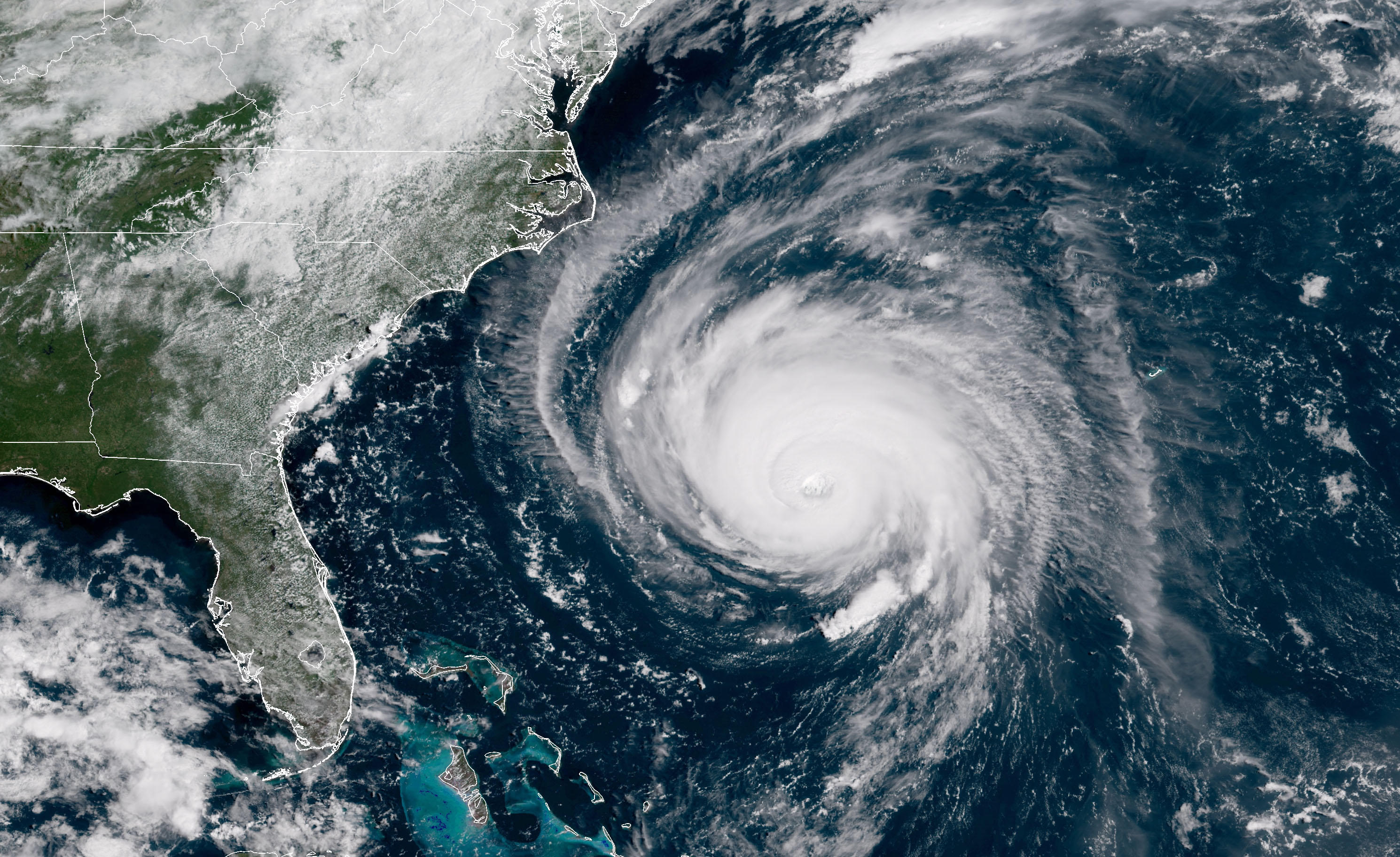Hurricane Florence Facts
Hurricane Florence landed near Wurtsville Beach, North Carolina, on September 14, 2018, with winds of 90 miles per hour. Moving at a slow pace, Hurricane Florence broke records of rain, throwing more than 35 inches of rain (8 billion gallons) over parts of North Carolina and causing massive flooding. More than 40 people, including many children, died in the slow-moving storm. Nearly two million people were forced to flee their homes, leaving thousands homeless or without electricity. Rivers continue to rise from heavy rain in Florence. Continental flooding, the most common cause of death after the hurricane, continues to pose a threat to all Carolinas. Why? Survivor needs vary greatly from disaster to disaster, and even day after day, so donating cash to a researched institution is the fastest and safest way to get help when needed. You can learn more about how people affected by Hurricane Florence can help with this information, which can also be downloaded and shared on social networks. The fuel assistance fund provides gas to evacuees, stranded first responders, vehicles, generators and medical equipment. World Central Kitchen, Inc. Hot meals. Circle of Health International offers cash benefits to women and children trapped in the eye of the storm with few escape options. They need your help to continue and expand their life-saving work in Carolinas. [Read the first responder account.]
Donate to the Hurricane Assistance Fund in Florence to support organizations investigated in this area in Carolinas. GlobalGiving Disaster Recovery will ensure that your donation will reach those most in need now and in the long term.

Comments
Post a Comment